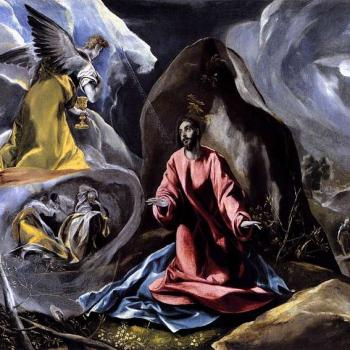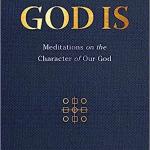In my earlier post about the even newer New International Version of the Bible, I complained about how that line of translations is indifferent to metaphor, poetry, and beauty of language. I cited as an example how the new NIV renders “the valley of the shadow of death” as “the dark valley.”
I would argue that sensitivity to literary qualities is necessary in an accurate translation. Metaphors are not just ornaments. They express meaning and are essential in expressing complex, multi-leveled, rich meanings that go beyond simple prosaic statements.
Consider these translations of Genesis 4:1:
The historic English Bible, from the KJV through the ESV, keeps the Hebrew metaphor: “Adam knew Eve his wife, and she conceived.”
The 1984 NIV thinks it has to explain what the metaphor means: “Adam lay with his wife Eve, and she became pregnant.”
The 2010 NIV is more romantic: “Adam made love to his wife Eve, and she became pregnant.”
















